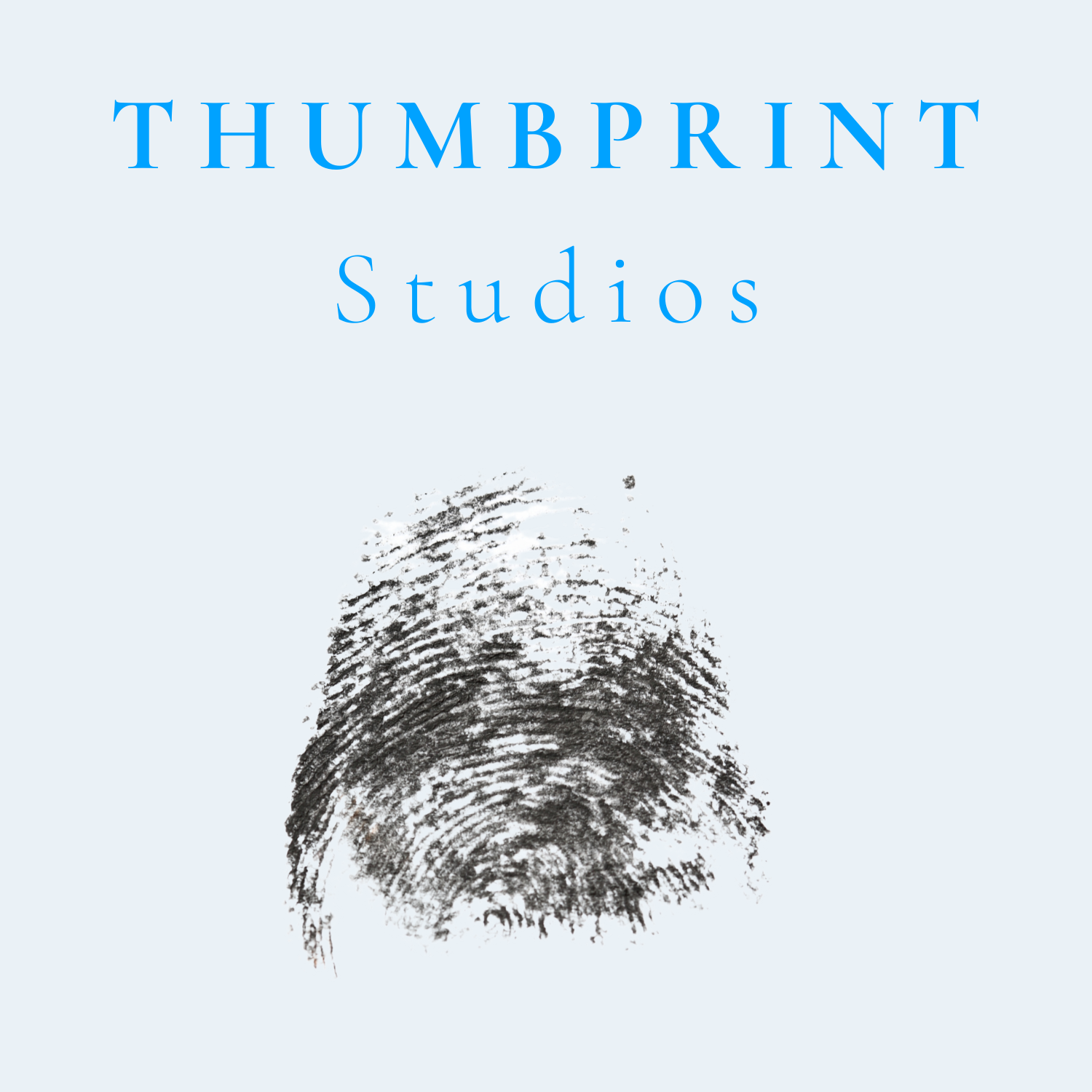Searching for Tools in All of the Places
By Jaina Alexander
It took me a long time to find the voice and acting techniques that worked for me. I had excellent teachers but the tools that worked for them (which were mostly rooted in Bel Canto singing) didn’t work for me. That doesn’t mean they are bad tools– there are so many really excellent, healthy singers who use Bel Canto– but metaphor and imagery, while I understand it logically, sometimes doesn’t make sense to me physically.
When I was introduced to the Estill Voice Method, it changed my life. Tools rooted in anatomy, physiology, and proprioception made sense to me. It gave me a vocabulary with which to approach colleagues and students. It allowed more flexibility in vocal color and a consistent sound that I have control over. I worked hard and got my Estill Master Trainer candidacy in a year and a half and I have been using and teaching it ever since.
That is not to say that Estill is without its flaws. It holds some information about breath, but that information needs to be expanded. There are figures for tongue, jaw and lips, but the specific anatomical structures are not addressed. Because of this (and my desire to learn all the things), I began to search for more education. Knight-Thompson Speechwork increased my knowledge in speech and accents as well as filled the gap for tongue, jaw, and lip structures. Yoga and Feldenkrais addressed breath and full-body proprioception. Michael Chekhov expanded full-body proprioception by adding in artistic choices and psychophysical theatre.
These tools, which I have gathered for myself, are purposeful and they all integrate with one another.
I don’t mean to suggest that my way is the best way for everyone. It is the best way for me and it is what I teach, generally. However, because of my experiences, I find it crucial to strive to find the tools that do work for my students. That is why I also take exercises and explorations from Fitzmaurice, Alexander, Stanislavski, Viewpoints, other CCM modals, and yes, sometimes even Bel Canto (among other things). I want to treat students holistically, and part of that is letting go of the idea that I know best.
There is one thing about “techniques” as a category that bothers me. We need them, that’s understood. But too often, people drink the Kool Aid, so to speak, and think that what they do or teach is the only valid idea. Additionally, if we only experience a technique from the lens of one teacher, we aren't getting the full spectrum of what the method has to offer. Exercises might look the same from teacher to teacher but they are being explained through the filter of whomever is leading them. Working with multiple facilitators gives us as students a better idea of what the technique encompasses as a whole.
Regardless, I highly recommend searching for your tools, trying out different ideas to see if they work for you and finding a teacher who specializes in a method you want to try. Ask questions of your colleagues. Discover and explore the artistic world, especially right now when people are offering free or pay-what-you-can workshops and classes. Find your community, increase your network.
Just don’t drink the Kool Aid.
Resources
Estill Voice Method - www.estillvoice.com
Knight-Thompson Speech work - www.ktspeechwork.org
MICHA (Michael Chekhov Association) - www.michaelchekhov.org
Feldenkrais - www.feldenkrais.com
Stanislavski - https://www.amazon.com/dp/0878309837/ref=cm_sw_r_cp_apa_i_N4YoFbBWJ3K1Q
Viewpoints - https://dramatics.org/understanding-viewpoints/
Fitzmaurice - www.fitzmauriceinstitute.org
Somatic Voicework - www.somaticvoicework.com
